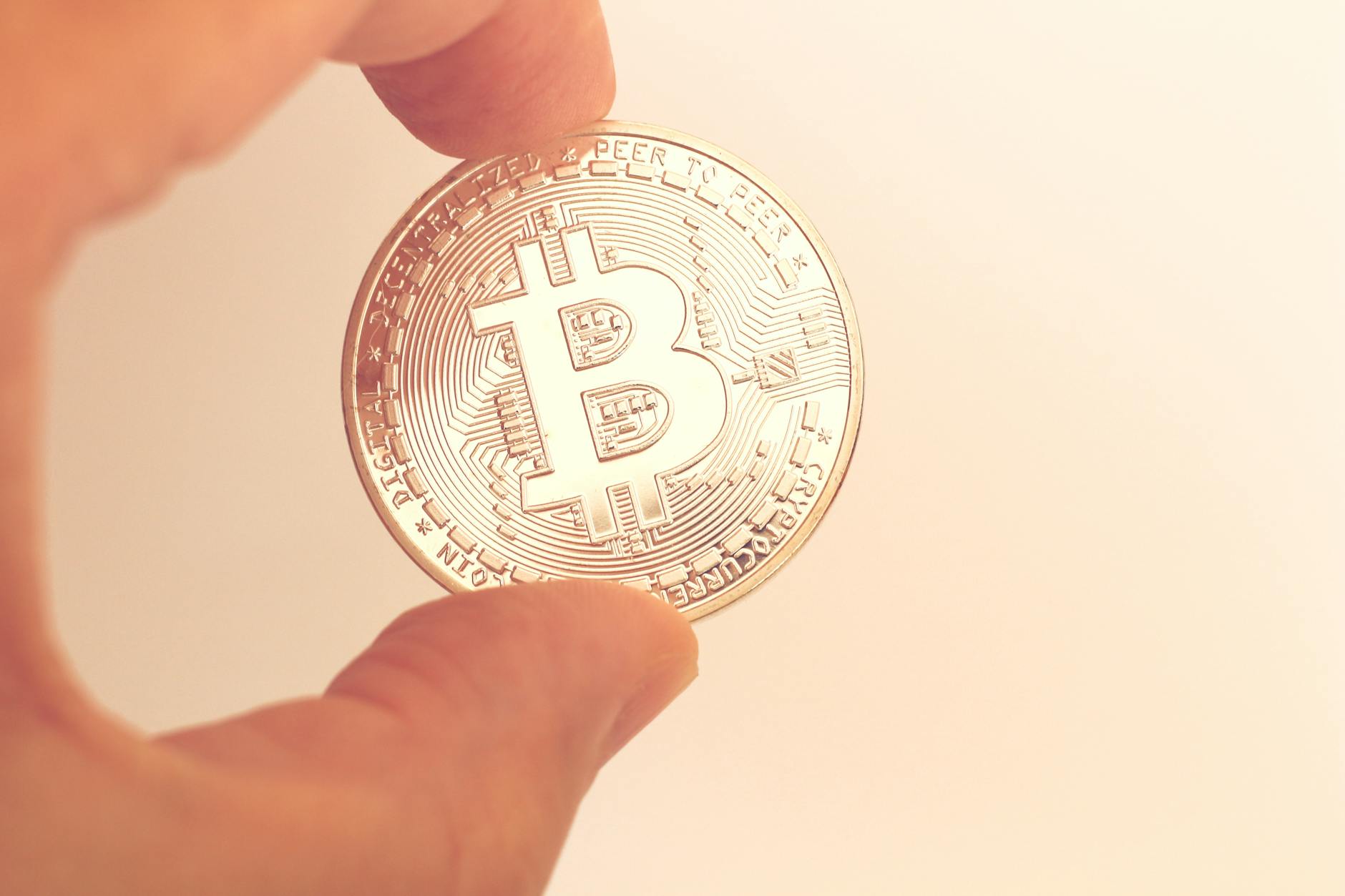Eric Trump's recent endorsement of stablecoins as the savior of the U.S. dollar throws a fascinating wrench into the ongoing debate about digital currencies and their role in the global financial ecosystem. According to The New York Post, Trump argues that World Liberty Financial's USD1 stablecoin could bolster the dollar's dominance. But claiming that a stablecoin tied to a political figure could single-handedly 'save' the dollar is a tad oversimplified, not to mention fraught with potential conflicts of interest.
It's true that stablecoins have been praised for their potential to streamline transactions and reduce the frictions of traditional banking. Governor Christopher Waller of the Federal Reserve has supported this view, noting that stablecoins could extend the dollar's reach globally. This sentiment was shared by Bryan Pellegrino, CEO of LayerZero Labs, who suggested that stablecoins represent a strategic advantage for U.S. fiscal policy.
However, introducing a stablecoin directly linked to a current President's financial interests invites a host of issues, outlined not just by crypto-skeptics like Senator Elizabeth Warren but also within the broader financial oversight community. Skepticism from figures like Warren and US Representative Maxine Waters centers on the unprecedented conflicts of interest that such a venture might exacerbate. They argue that the GENIUS Act, signed into law by President Trump, does little to mitigate these concerns, essentially enabling a sitting president and his family to potentially profit from a tool meant to support national currency stability.
The crux of the issue here isn't just about the technological efficacy of stablecoins but the governance surrounding them. Can a stablecoin associated with significant political figures truly operate with the transparency and neutrality required of a tool that underpins national economic security? Critics, quite validly, worry that personal gains could overshadow broader economic benefits. This concern is especially pertinent given the billions added to the Trump family's fortune after their foray into cryptocurrency.
Moreover, while Trump's advocacy for the USD1 stablecoin as a bolster to the U.S. dollar is compelling, it brushes aside broader implications on international currency dynamics. As noted by European asset managers at Amundi, friendly stablecoin regulations could paradoxically undermine the dollar by accelerating the crypto revolution in places like Europe, where there is a push toward creating region-specific stablecoins that could challenge the dollar's supremacy.
What’s needed is not just enthusiastic endorsement of new financial technologies but a balanced approach to understanding how these technologies integrate into our current financial system without compromising the stability or fairness of global monetary policies. For those looking deeper into how evolving cryptocurrency strategies might impact traditional financial systems, a deeper analysis is available exploring the success of these digital assets in treasury strategies.
In summary, while the innovation of stablecoins presents clear opportunities, the enthusiasm of their proponents needs to be balanced with a nuanced consideration of governance and systemic impact. True stability in finance, much like in politics, lies in the balance of power-not its concentration.



